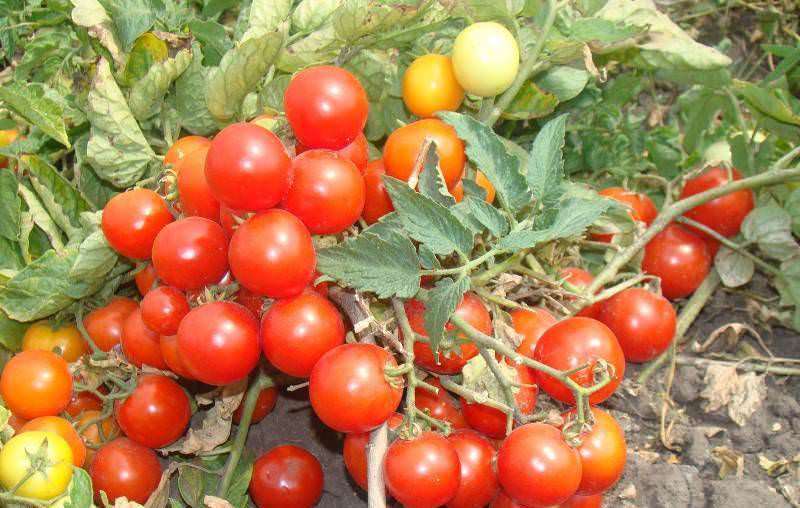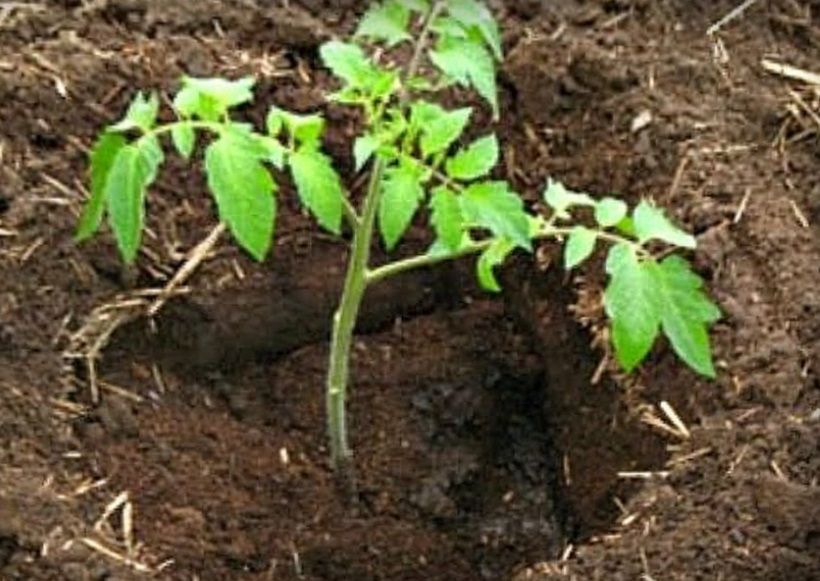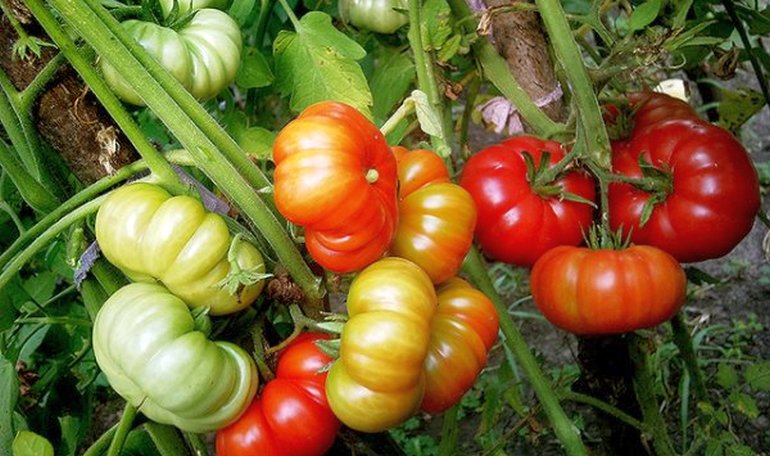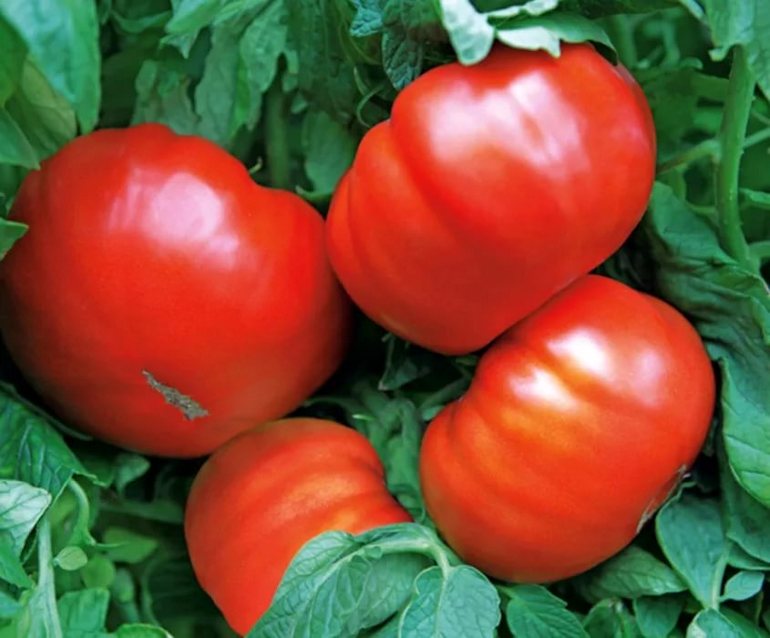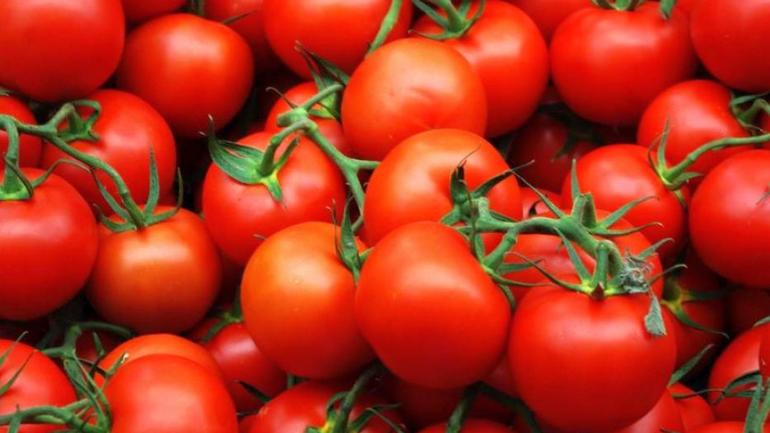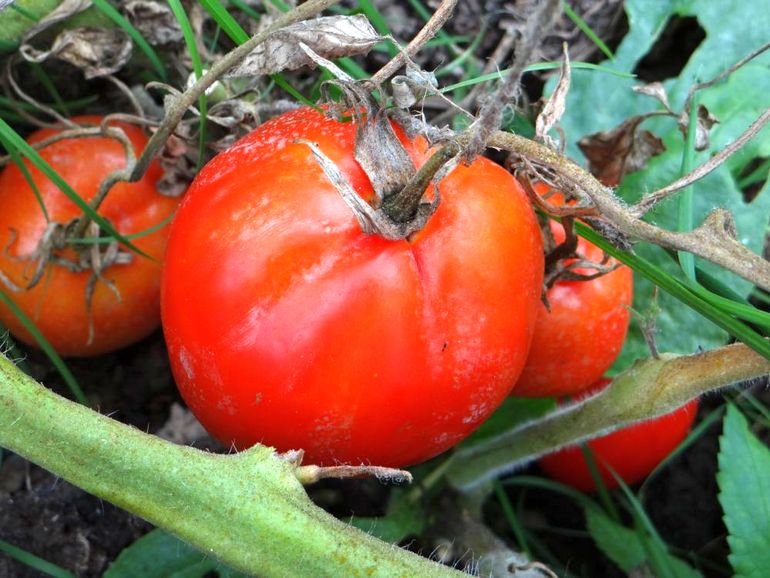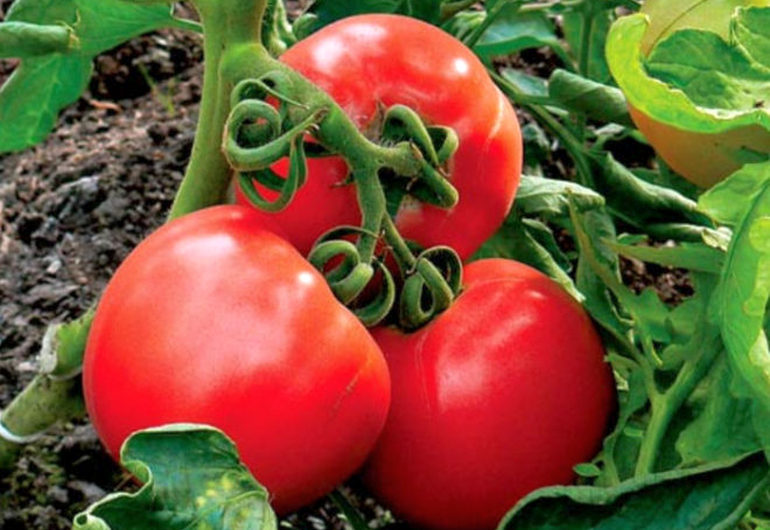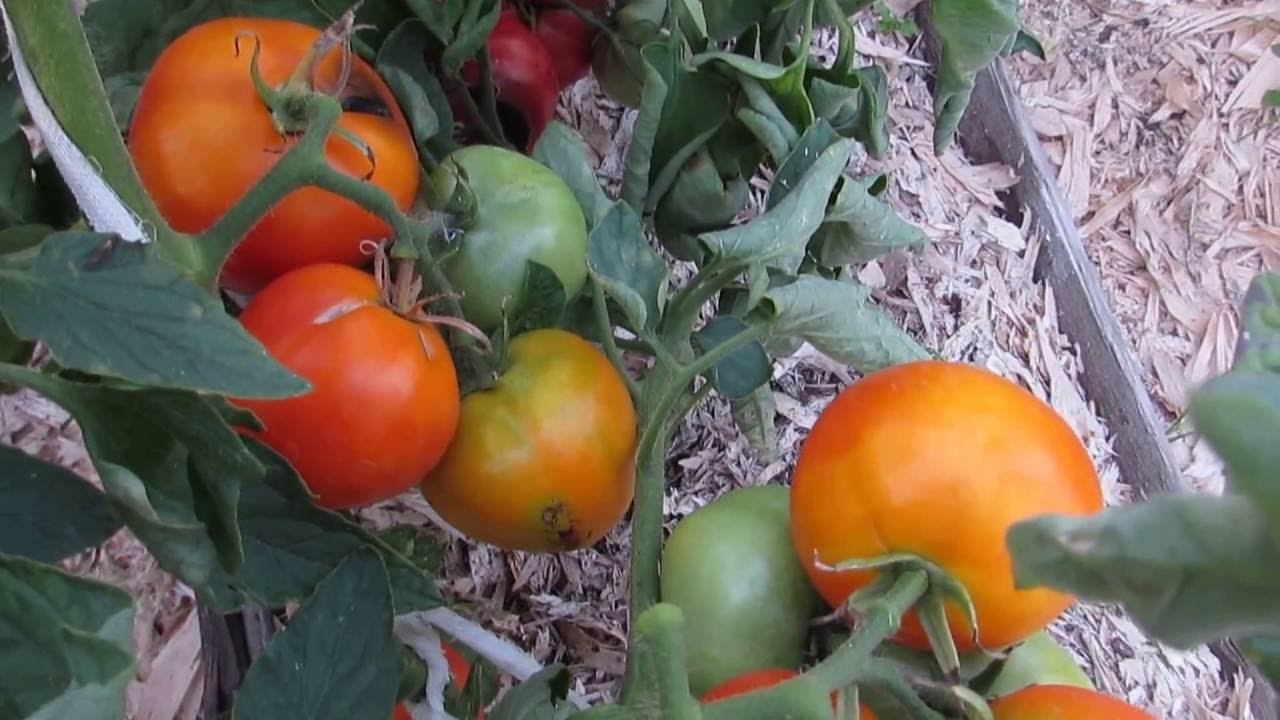Content:
Miniature and decorative Pinocchio tomato belongs to the family of dwarf varieties. The tomato is so versatile that it is grown in pots on loggias, balconies, windows.
Main characteristics
Pinocchio is very unpretentious, has an unusual appearance and excellent taste. The ornamental variety is so attractive that gardeners willingly use it to decorate the garden space, often planted as a curb plant.
In greenhouses and vegetable gardens, Pinocchio tomatoes are planted with tall varieties in order to compact the planting.
Bush
The dwarf tomato bush does not grow above 35 centimeters. It is very decorative and compact. In general, the Pinocchio bush looks like a small tree, covered with wrinkled leaves of a deep green color. The roots of a small bush are poorly developed.
Fruit
The fruits are bright red, rich in color, a little flat, smooth. Their weight is only 15 g. There is sweet juicy pulp under the dense skin. The tomato flavor is pronounced, but sometimes fruity notes are present.
Small tomatoes are versatile to use. They are canned, salads are made, dishes are decorated.
The State Register positions the Pinocchio tomato with the characteristics and description of the variety as mid-ripening, but many manufacturers attribute it to early-maturing. Tomato Pinocchio is thermophilic, loves light very much, does not need pinching.
Yield
Although producers advertise a large harvest, the reality proves the opposite. Only a high density of plants per unit area will allow harvesting almost 12 kg
Since the Pinocchio tomato ripens quickly, its parameters allow you to plant a tomato between tall plants: having quickly yielded, a dwarf tomato does not interfere with its neighbors. The growing season of a tomato is on average 95 days.
Wherever Pinocchio's landing is planned, one cannot do without seedlings.
Agrotechnics
Growing seedlings
The timing of planting the seeds is chosen, depending on the future location of the tomato. If Pinocchio tomatoes are to be grown in the house, then autumn planting is preferable.
The balcony breeding option allows you to plant seedlings at the earliest possible date, since when the temperature falls, the plants can be moved indoors.
For open cultivation, Pinocchio seeds are planted between March and April.
Seed treatment
Both purchased and harvested seeds are equally subject to processing. Compulsory etching is carried out with a solution of potassium permanganate, with an approximate concentration of 1%. The maximum holding time of the planting material is 20 minutes. Exceeding the term will negatively affect the germination of seeds.
Next, tomato seeds are soaked for 15-18 hours in a stimulant solution, such as Humat, Zircon, Epin. These preparations will slightly increase the germination energy. The germination rate of Pinocchio seeds ready for planting is 95%.
Priming
Sowing is carried out immediately after the end of seed treatment, so the soil is prepared in advance. It should be sufficiently loose, moisture-consuming, enriched with organic matter and minerals, and have a slightly acidic reaction.
The soil taken from the garden needs an initial calcination in the oven. This allows you to prevent infection of the culture by the parasites present in it. After that, the soil is enriched with humus, ash, peat, sand.
Alternatively, you can purchase ready-made soil, but precisely for such a culture.
Sowing
For planting, you need small cassettes, pots. You can place 2 grains in them, and later choose a stronger one for growing.
Deepen the seeds a centimeter and a half. Moisturize slightly and sprinkle with peat lightly. Landings are covered with glass or film.
In 5 days, seedlings will begin to appear. Plants can now be placed on the windowsill.
Growing features
For Pinocchio, light must be available for at least 12 hours. The culture is fed every decade with complex minerals.
When a real leaf forms, Pinocchio can dive.
When transplanting seedlings, the root system should not be disturbed. The procedure is carried out by transferring it together with an earthen lump, without shaking it off.
The optimal volume of a pot for a plant is 5 liters.
Moistening is carried out after the top layer of the soil has completely dried and only under the root. The foliage cannot be moistened, otherwise the appearance of late blight will not keep itself waiting.
On average, 6-8 plants are planted on an open area, but the best condition for growth will be the placement of no more than 4 crops per unit area.
When grown in a confined space, the well-being and development of Pinocchio tomatoes depends entirely on the care taken.
As soon as the fruits are tied, they stop applying nitrogen fertilizers.
When keeping tomatoes in a confined space, the premises are sanitized in order to eliminate and prevent any appearance of mold. Occasionally, they are treated with quartz lamps.
Landing in the ground
This procedure is carried out only after the establishment of constant heat, but before the flowering of tomatoes. The approximate period is June.
The seedlings are pre-hardened by exposing them to the open air. At first, the seedlings are brought in at night, gradually increasing the period of stay on the street.
Wells are often made from each other, a little humus can be put on the bottom, moistened well. The seedlings are deepened by about 10 centimeters, covered with turf, lightly powdered with ash.
The next watering is done in a week. The yellow leaves that appeared during this period must be removed.
Pests, diseases
Pinocchio tomatoes growing on the ground should be wary of snails and cabbage. The best way to protect tomatoes is to use pesticides.
Lack of lighting, combined with waterlogging, will provoke the appearance of a disease such as a black leg.
The main advantage of the Pinocchio variety is that the tomato is not tied to a specific sowing date.
Variety advantages and disadvantages
Pinocchio tomatoes have their own positive characteristics:
- The universal purpose of the fruit;
- Fruits the size of a walnut;
- Step-by-step cultivation of bushes allows you to get tomatoes all winter;
- The bush has many brushes, each of which has about 10 tomatoes;
- Sweetish taste has a fruity flavor;
- The tomato has time to give the harvest before late blight spreads.
Pinocchio has few disadvantages:
- They ripen for a very long time in room conditions;
- Low yield;
- A self-pollinated cultivar indoors must be manually pollinated.
Pinocchio does not have a gigantic harvest, but ornamental plants, strewn with baby fruits, always delight, especially in winter.

